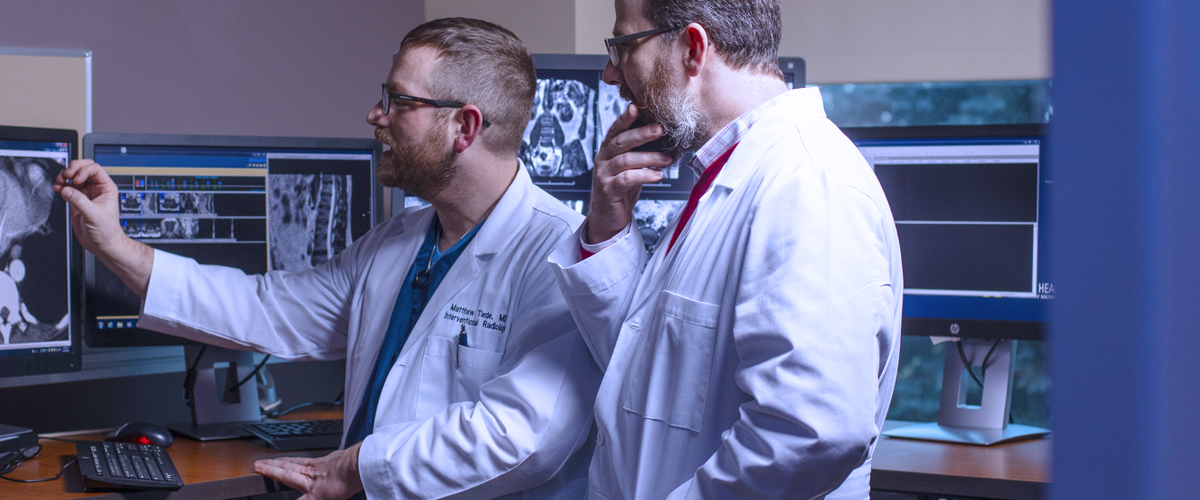Gail Model: High Risk Breast Assessment
Gail Model – Breast Cancer Risk Assessment Tool uses your risk factors to help determine your risk of getting breast cancer. Each woman’s risk of getting breast cancer is unique to that person. Personal and family health histories, as well as lifestyle, are factors of breast cancer risk. Knowing your breast cancer risk can help you make plans about your health.
The following information is used to calculate your breast cancer risk:
Your age: Your risk of getting breast cancer gets higher as you get older.
Your age when you had your first period: Starting your period before age 12 puts you at a slightly higher risk of getting breast cancer risk. Starting your period between ages 12 and 13 has no effect on your risk. Starting your period at age 14 or older slightly lowers your breast cancer risk.
Your age when you had your first live child: Having your first child at age 30 or older or never having children puts you at a slightly higher risk of breast cancer. Having your first child before the age of 30 does not raise your risk of breast cancer.
The number of your first-degree relatives, mother, sisters or daughters, who have had breast cancer:
Having one or more first-degree relatives who have had breast cancer puts you at a higher risk.
Your history of breast biopsies: Women who have had biopsies may have a greater risk of breast cancer. If the biopsy found atypical cells (cells that are not normal in nature), your risk of developing breast cancer is greatly higher than others. The biopsy itself does not change risk. A breast biopsy is when a small piece of tissue from the breast is taken out so doctors can look at it under a microscope to check if there is something wrong.
Your race or ethnicity: Ethnicity has an effect on breast cancer risk. White women have the highest breast cancer risk, followed by African American, Asian, Hispanic and Native American women.
How good are the results? The Gail model provides a good estimate of breast cancer risk for most women. It does have some weaknesses and gaps.
The following list explains these gaps:
- The tool may over-estimate the risk of getting breast cancer for some ethnicities.
- The tool does not ask about all family history of breast cancer, such as grandmothers, aunts or men in the family. Nor does it ask about the age of diagnosis of family members. If you have more family members with breast cancer, talk with your doctor about other tools that might better assess your risk.
- The tool does not estimate the risk of other factors that may influence breast cancer risk, such as age at menopause or use of hormone therapy. Hormone therapy is a treatment that uses medications to change hormone levels in the body, commonly for women’s health issues like menopause symptoms and osteoporosis or to slow down the progression of hormone-sensitive cancers.
Tell your health care provider if you have a change in your breast health history (for example, a breast biopsy) or if a close relative develops breast cancer. Your risk will be updated.
If you have an increased risk of breast cancer, talk with your health care provider. They can tell you about ways to lower your risk. These may include lifestyle changes and/or medicines to reduce the risk of getting breast cancer.
